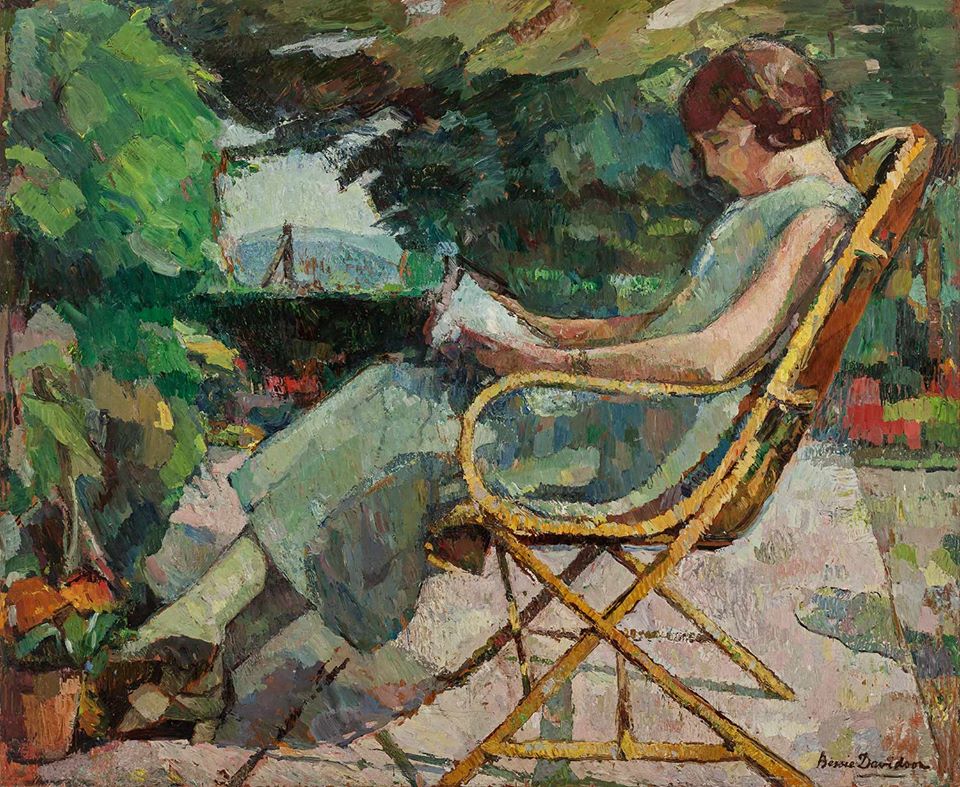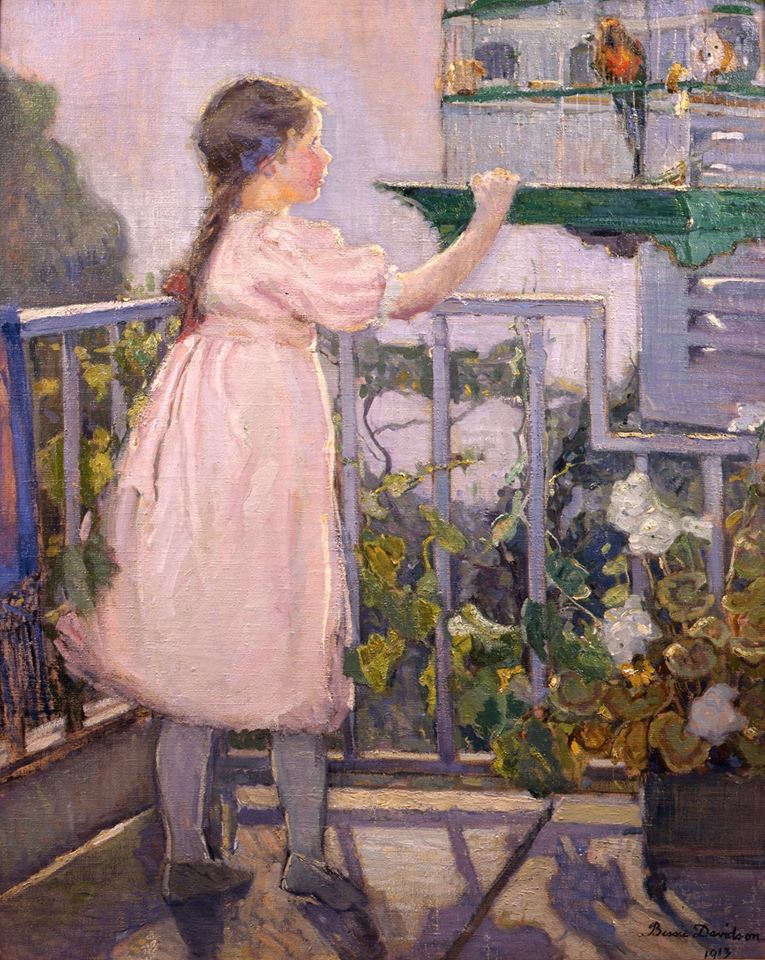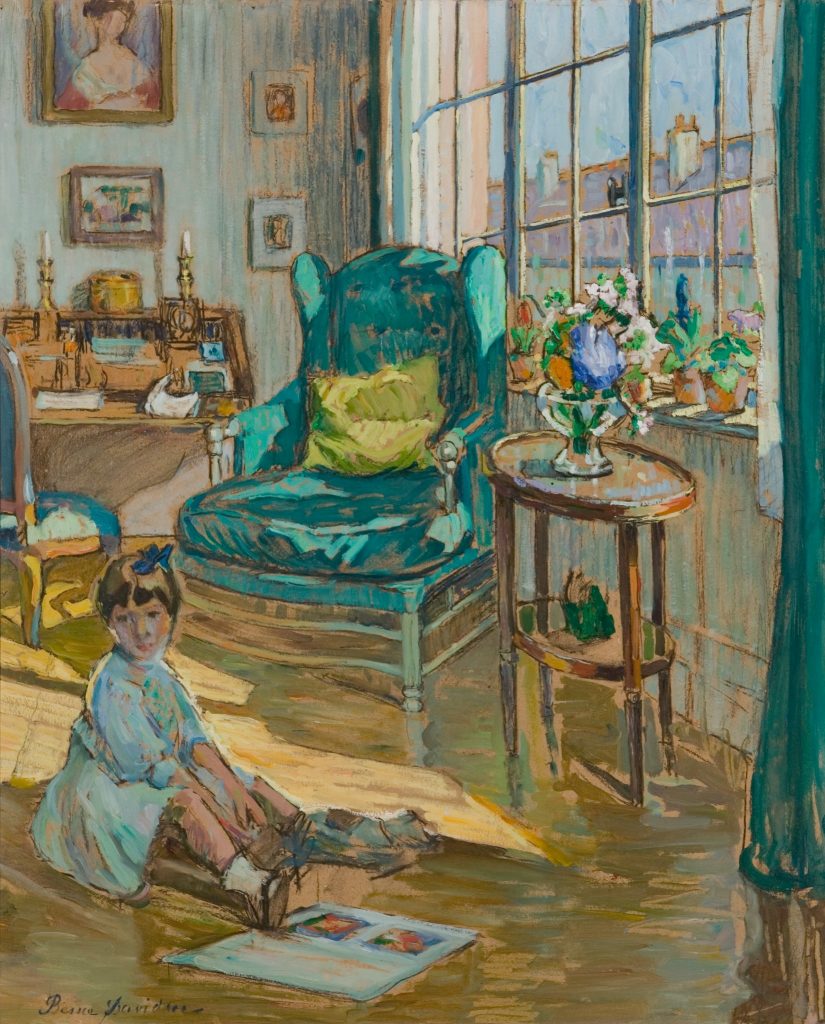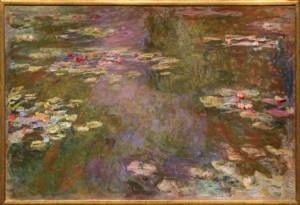Art by Australian Impressionist Bessie Davidson was at the heart of the third Slow Art Day hosted this year by The Bendigo Art Gallery in Victoria, Australia.
On April 4, slow-panned videos of three paintings from the exhibition ‘Bessie Davidson & Sally Smart – Two artists and the Parisian avant-garde’ were shared on the gallery’s website (still images below):
- Lecture au jardin (reading in the garden), 1930s.
- Fillette au perrouquet (Little girl with parrot), 1913.
- An interior, c. 1920.


Collection of Carmel Dyer and Allen Hunter. Image courtesy of Bonhams.

Gift of Mrs C Glanville, 1968, Art Gallery of South Australia.
Staggered images of the paintings were also shared on the gallery’s Facebook page via three posts before, during and after April 4th. Participants were invited to respond by posting comments, thoughts and images of their own works inspired by the slow-looking.
Each Facebook post got more likes than the previous, with the last post receiving 1.2k likes. Several people also sent in beautiful paintings of their own children and interiors.
Suzie Luke, Public Programs and Learning Officer at the Bendigo Art Gallery, said that many participants had “tremendously positive feedback” about the artist, artworks and the gallery itself:
Love that you’re doing this. This is the sort of thing I need to lift my spirits, just like every visit to your gallery has always done. Thank you!
This idea is so great, please keep doing it even when the emergency is over.
Jan Deane; Papageno Ragdoll
Slow Art Day at Bendigo Art Gallery usually consists of slow-looking guided tours by their wonderful volunteers, followed by discussions of the paintings and afternoon tea. This year, it has been inspiring to see the gallery make such a beautiful transition to virtual platforms.
We hope that The Bendigo Art Gallery will host another innovative Slow Art Day in 2021.
– Johanna and Ashley

